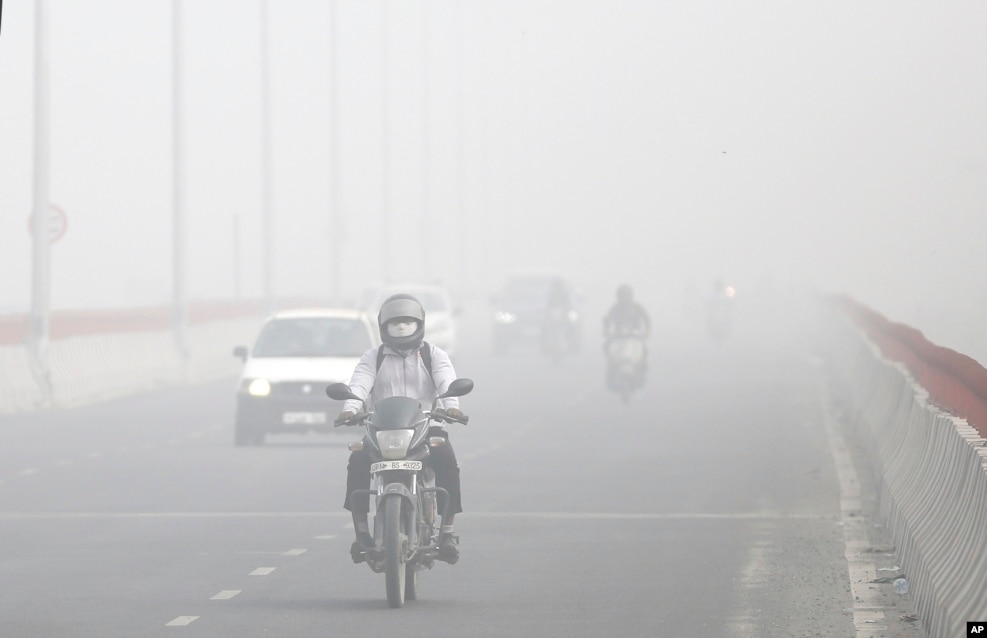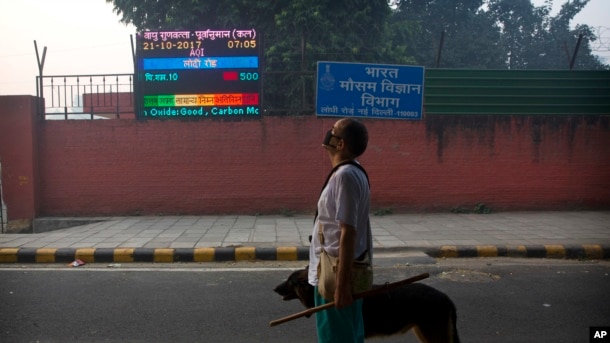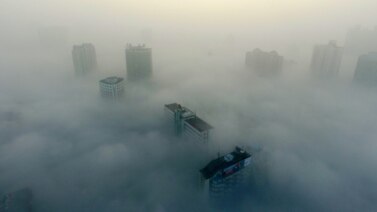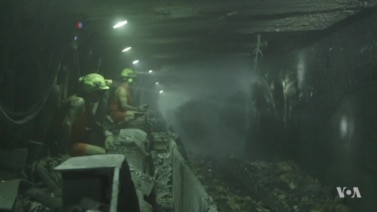
Thousands of homeless people in the Indian capital are among the hardest hit victims of the city’s air pollution, which becomes worse in winter.
Living on the streets, homeless individuals cannot escape from pollution, such as dust from building projects and automobile emissions. The pollution released by cars has been shown to cause respiratory disorders.
Karan Gandhi lives on the streets of New Delhi.
He says, “I used to sleep on one sheet (of cloth) but I have to use it to cover myself now. When I wake up, I have a problem in breathing.”
Years ago, winter was a season of cool, clear winds in the Indian capital. People enjoyed going for walks, or eating in the open air under a blue sky. Today, dirty smog and falling temperatures have forced some Indians to seek out homeless shelters operated by the city government.
Milan Adhikari has no place to live. He says the air quality can be really bad. “I get breathless, then I have pain, I cannot walk properly. That is the reason I don’t go to work,” he says.

Arjun Kumar, also homeless, told VOA “The doctors tell me my lungs have been damaged, that is why I have breathing problems.”
Even with the smog and the colder air, many individuals shun the shelters, finding insects in the bedding.
“In the shelters, the blankets sometimes have bugs, tiny white bugs, and so they (homeless individuals) prefer to sleep outside to escape being bitten by them,” said Irtiza Quraishii of Marham, an aid group. He added that the shelters can get crowded, pushing people outside, into the open air.
This is the second consecutive year that pollution levels in New Delhi have risen to 30 times the safe amount set by the World Health Organization. Doctors tell people not to walk outside when the air quality is bad. But for many of the homeless, staying inside can be difficult.
I’m Jonathan Evans.
Anjana Pasricha reported this story for VOANews.com. Susan Shand adapted her report for Learning English. George Grow was the editor.
Write to us in the Comments Section or on our Facebook page.
Words in This Story
emission - n. something released, such as a gas
respiratory - adj. of or relating to breathing or the organs of the body that are used in breathing
smog - n. a cloud of dirty air from cars and factories that is usually found in cities
shun - v. to avoid (someone or something)
consecutive - adj. following each other without stopping



